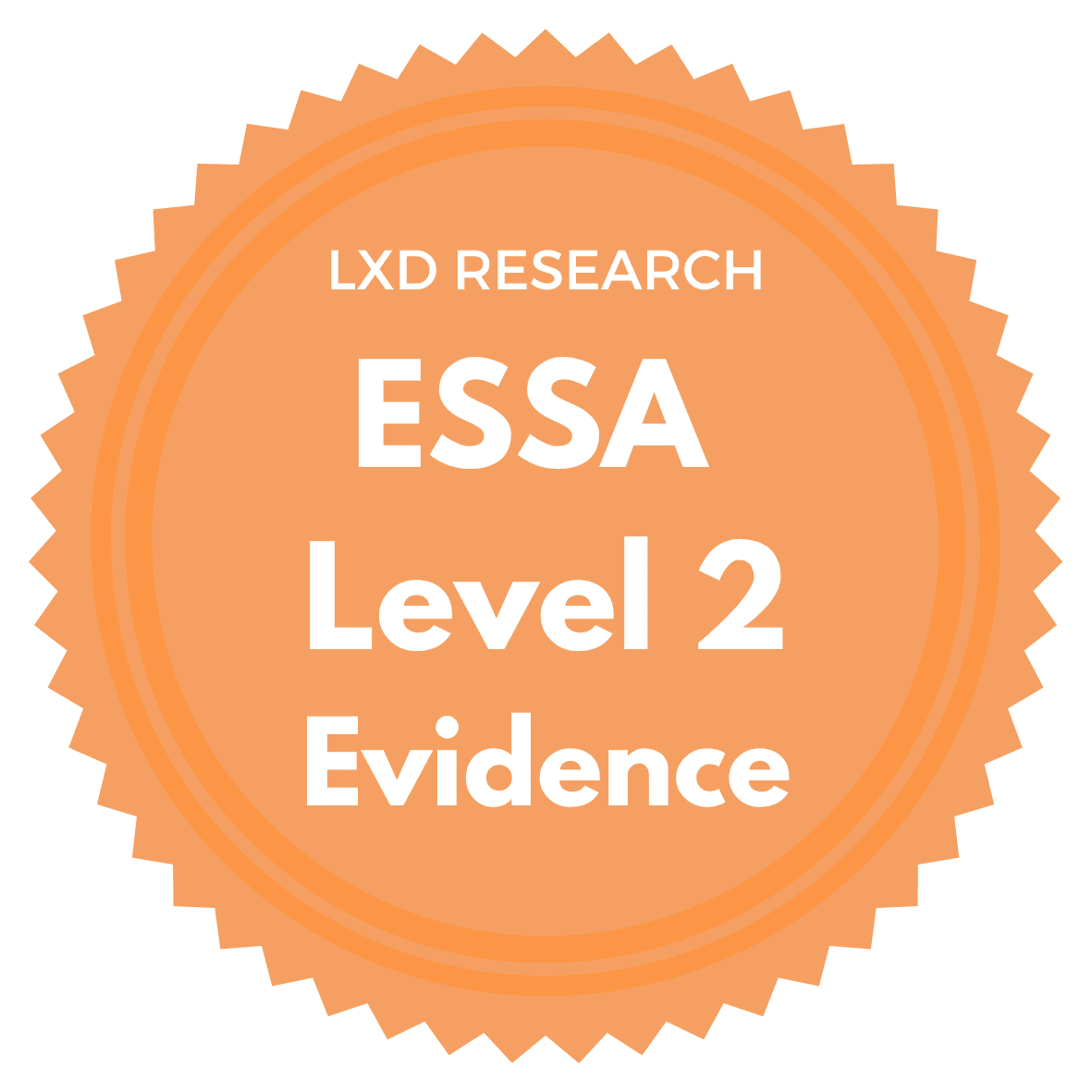Reading ESSA Evidence Summary
In December 2015, the Every Student Succeed Act (ESSA) was passed encouraging education programs to provide evidence of effectiveness and impact in order to be federally supported. EvidenceforESSA.org provides standards to assess the varying levels of strength of research for education products.
Read Study
